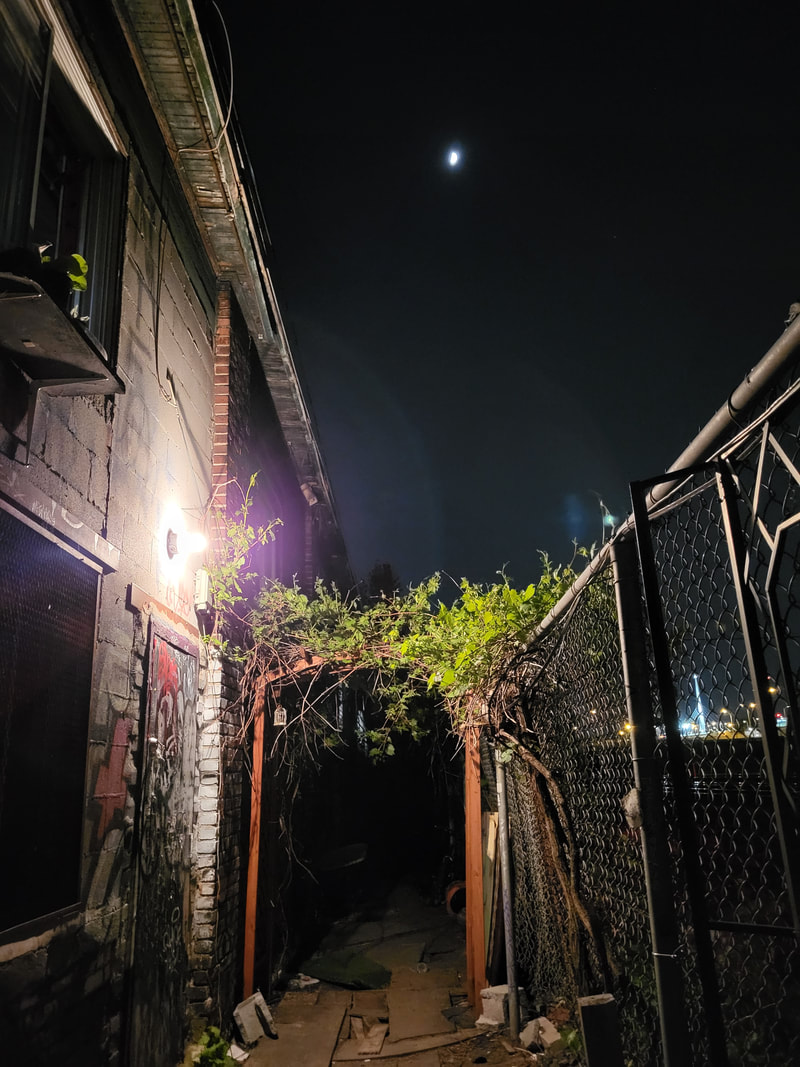In Which We Are Wherever We Go
|
I’d been living in my basement apartment for six years, but I’d never bothered making it nice because Montreal didn’t feel like home to me. One of my biggest fears is dying here. There would be nobody to ship my body home, or to even know where that is.
* I’ve always been attracted to the ocean. On my last trips, I’ve gone to Nova Scotia, Newfoundland, British Columbia, and back to Newfoundland. I’ve been looking for a place for my body. Keep reading... |
In Which We Sublimate at the Rock Show
|
I went to my first maskless concert since the beginning of the pandemic. I wanted to figure something out. I knew I wouldn’t meet anyone there, but I wanted to know if the idea that I might would be enough.
I like to claim that I don’t tend to care about stories. Yet, if people knew the stories I make up in my head sometimes, I would die of embarrassment. After the show, I told myself that, from now on, I would go to a concert when I felt like I needed it… until the next time. This sounded a lot like the relationship I’ve had with sex. As someone who is demisexual within hookup culture, sex has rarely been able to occur organically or exist as itself for me. Sex was something I tended to have when I wanted something else, something I couldn’t get, like human touch. The experience was rarely satisfying; men are experts at fucking without touching. Keep reading... |
Proudly powered by Weebly

